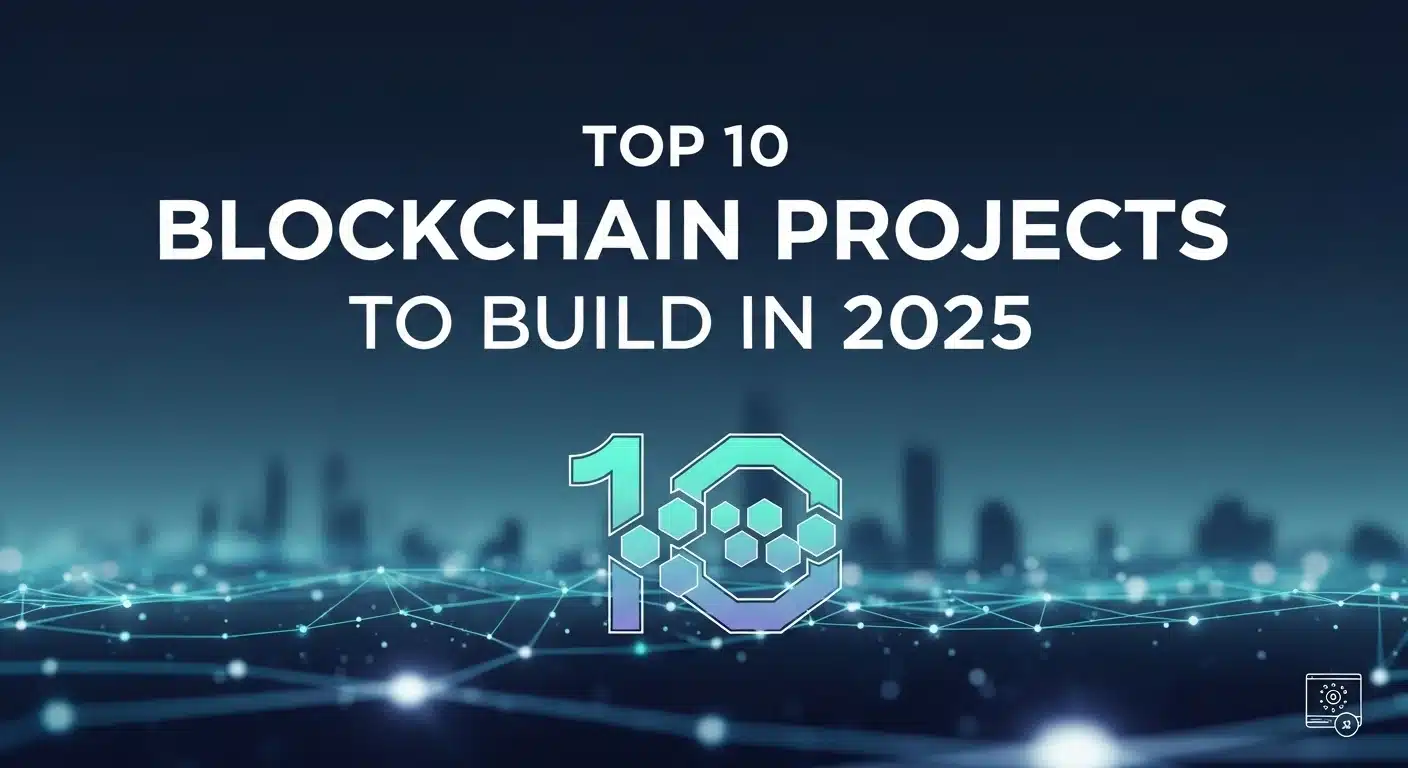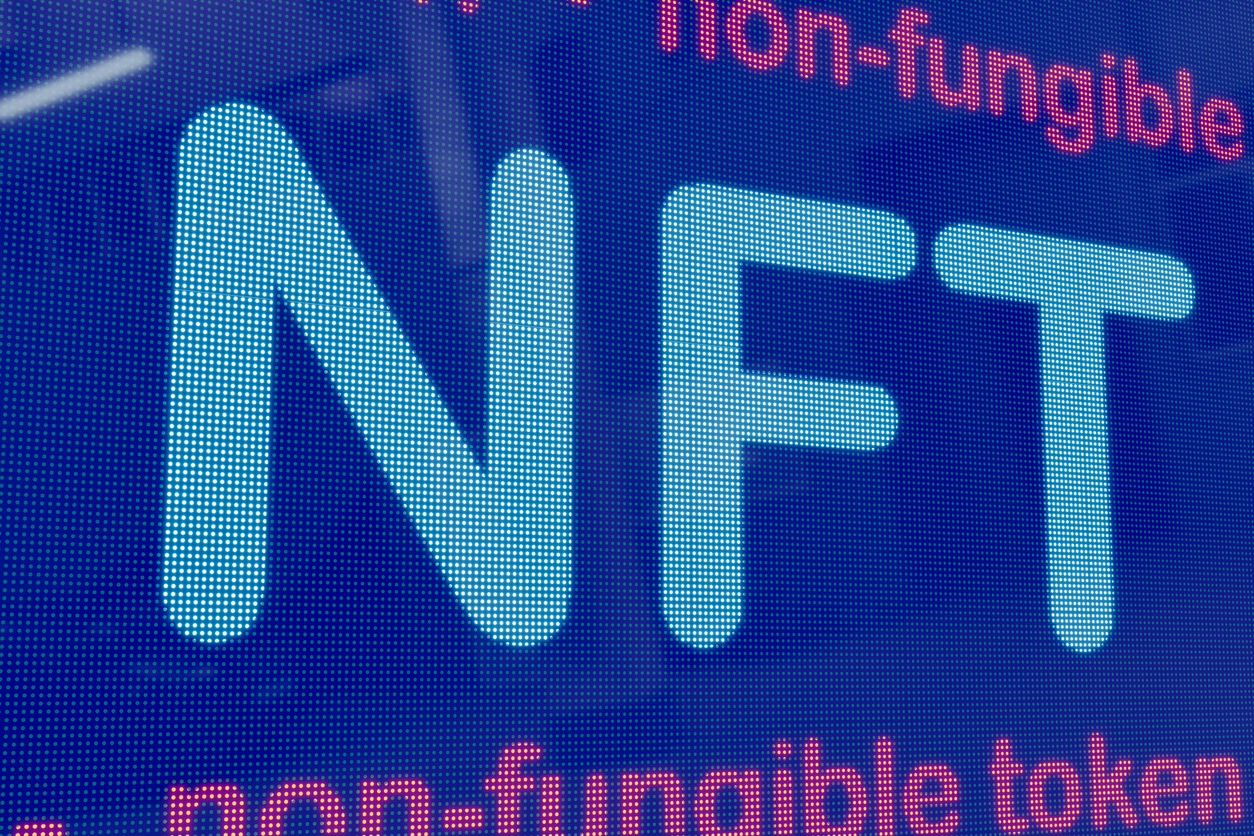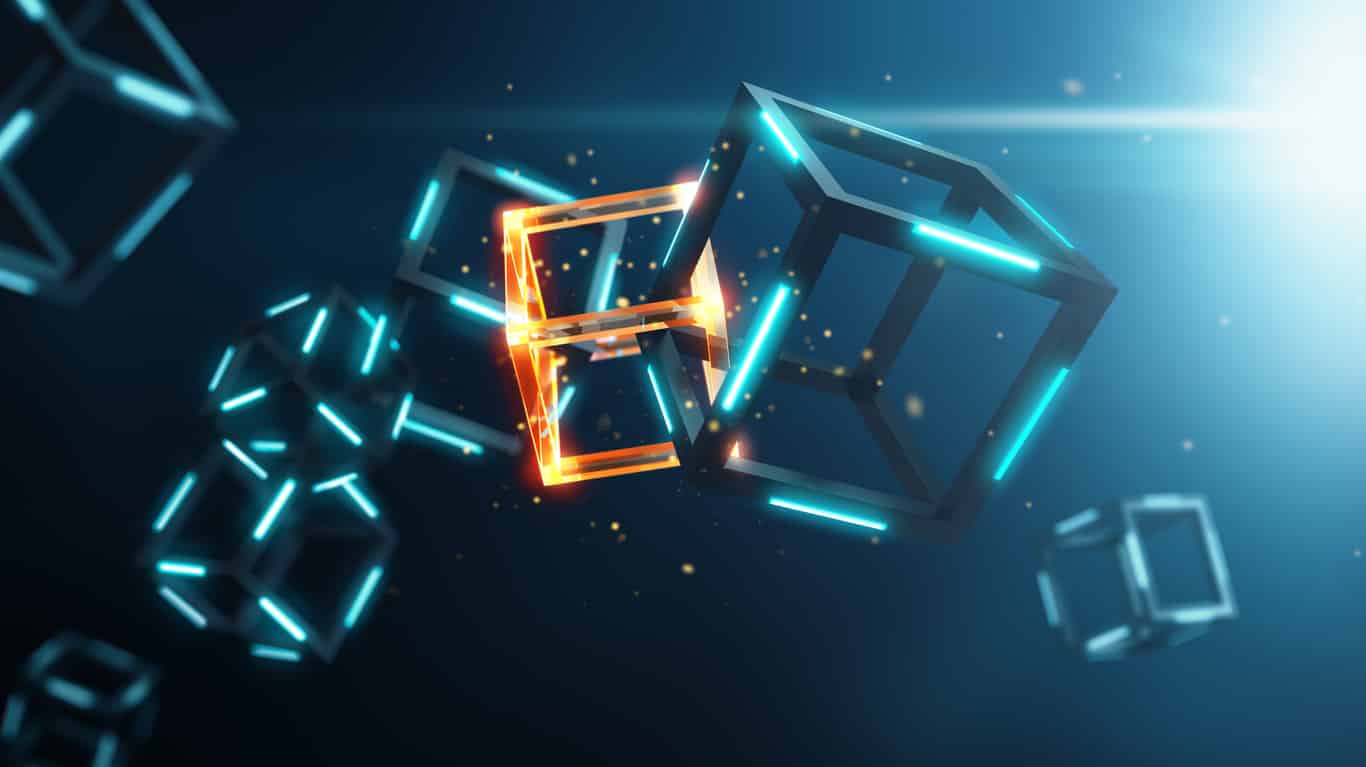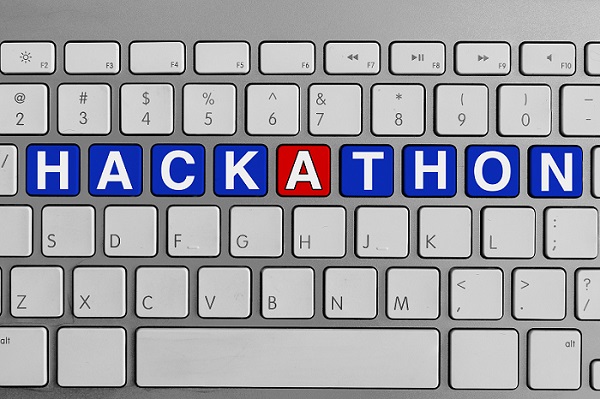What is Blockchain?
Blockchain is a decentralized (without a single controlling body), distributed (spread across many computers), and immutable (which cannot be changed) digital record system.
Each "block" contains a timestamp and data related to the transaction. These blocks are linked to each other with the help of cryptography (security coding technique). Because of this, it is almost impossible to change or tamper with the old data.
That is why blockchain is considered very secure and transparent.
What is the advantage of blockchain?
With this technology, you can trust digital transactions without any middleman (like a bank or government). This reduces fraud, speeds up work, and keeps a clear record of every transaction.
Where is it useful?
- Finance (e.g. cryptocurrencies)
- Supply chain management
- Digital identity
- Healthcare, voting systems, etc.
By building projects on blockchain, you learn more practical skills than theory. These projects can range from simple smart contracts to advanced decentralized applications (dApps).
You can use the Remix IDE to quickly create smart contracts, test and deploy them with Truffle, and connect a wallet to the blockchain with MetaMask.
Beginner-Level Projects
These projects give you a basic understanding of blockchain — like how transactions happen, how keys are created, etc.
1. Simple Cryptocurrency Wallet
The job of a crypto wallet is to store and manage digital currency.
If you create a basic wallet yourself, you will understand how public and private keys are created and how they interact with the blockchain.
This project gives a fundamental understanding of crypto transactions.
🔧 How to create this project:
- Choose a blockchain: Choose a simple blockchain to start with, like Ethereum.
- Create keys: Use a library to create a pair of public and private keys.
- Transaction function: Write code that signs and broadcasts a simple transaction (such as sending a test Ether).
- Display balance: Connect to a blockchain node, retrieve and display the balance of the given address.
🛠 Tools used:
- Solidity
- JavaScript
- Web3.js
- Ganache (for local testing)
Example:
Create a simple website where users can enter their private key to view their balance and send funds. This will give you a real understanding of blockchain security and cryptography.
Sample: https://github.com/grammeaway/simple-ethereum-wallet
Also Read: How to Become a Blockchain Developer?
2. Basic Smart Contract (Hello World Project)
A smart contract is code that runs on the blockchain and takes actions on its own — without any manual control.
The "Hello World" project is the easiest place to start learning smart contracts. It helps you understand how to write, deploy, and interact with a contract.
🔧 How to create this project:
- Write a contract: Create a simple contract using the Solidity language that can store and retrieve a message.
- Compile: Compile the contract using a tool like Remix IDE.
- Deploy: Deploy the compiled contract to a local blockchain (such as Ganache) or testnet.
- Interact: Check if the contract is working correctly by calling the set and get message functions.
🛠 Required Tools:
Solidity, Remix IDE, Ganache
Example:
Suppose your contract has two functions —
setMessage(string _message)→ will store any messagegetMessage()→ will return the same message
This helps in understanding the basic concept of on-chain data storage.
3. Decentralized Voting System
This project shows how to make e-voting more transparent and secure using blockchain. Each vote is recorded as a transaction — making it impossible to tamper with.
🔧 How to make this project:
- Create a system of Voters and Candidates: Write a function in the smart contract to register voters and add candidates.
- Write the voting logic: Create a function in which only registered voters can vote. Each vote is a unique transaction.
- Count votes: Create a function that counts all votes accurately and transparently.
- Identity Verify: Implement a basic way to check the identity of the voter to avoid duplicates.
🛠 Tools Required:
Solidity, Truffle, Web3.js
Example:
Create a web app where users can cast votes by connecting to a MetaMask wallet. These votes are then publicly visible on the blockchain — like in a block explorer.
Sample: https://github.com/Krish-Depani/Decentralized-Voting-System
4. NFT Minting dApp
NFTs (Non-Fungible Tokens) are digital assets that are unique — meaning every NFT is different.
If you create an NFT minting dApp, you'll have a great opportunity to understand digital ownership and token standards (such as ERC-721) on the blockchain. This project can provide an entry into the world of digital art and collectibles.
🔧 How to Build:
- Create an ERC-721 contract: Write a Solidity contract that follows the ERC-721 standard for NFTs.
- Develop a minting function: Create a function that generates a new NFT and allocates it to the user's wallet.
- Build a frontend: Create a simple website using React or Vue.js that allows users to mint NFTs.
- Display minted NFTs: Display the minted NFTs in the user's wallet on the site.
🛠 Tools Required:
Solidity, Hardhat, Ethers.js, React/Vue.js
Example:
You can create a site where users upload an image and mint it as an NFT. The hash of the image will be stored on the blockchain.
Sample: https://github.com/HashLips/hashlips_nft_minting_dapp
5. Decentralized Crowdfunding Platform
This platform allows people to raise funds directly without any central authority.
With the help of Smart Contracts, everything is transparent and automated — money reaches the right people at the right time.
🔧 How to make:
- Set up a campaign: Create a smart contract that can set the funding goal, deadline, and project details.
- Build a contribution system: Allow users to contribute funds via crypto currency.
- Release or refund money: If the funding goal is met, send the money to the project creator, otherwise refund all contributors.
- Show progress: Show how much funding has been raised and what percentage of the goal has been achieved on the website.
🛠 Tools required:
Solidity, Truffle, OpenZeppelin (for secure contracts), Web3.js
Example:
You can create a site where people can create funding campaigns for open-source software. And only when a milestone is reached, the money is released.
Sample: https://github.com/spandan114/Crowdfunding-DAPP
6. Supply Chain Traceability System
This system records the entire journey of the product from its origin to the customer on the blockchain. This increases transparency, reduces fraud and verifies whether the product is genuine or not.
🔧 How to build:
- Set product states: Create a smart contract that represents every stage of the product (eg: made, shipped, received).
- Record events: Manufacturer, transporter and retailer – all put their steps on the blockchain (eg: handoff, quality check).
- Track ownership: Make sure the records of who owns the product are up to date.
- Visualize data: Create a website where users can see where the product has traveled on a map or timeline.
🛠 Tools required:
Hyperledger Fabric or Ethereum, Solidity, Node.js
Example:
Imagine organic vegetables traveling from the farm to the store – every step is tracked on the blockchain and the customer can see it.
Sample: https://github.com/lakshya-20/supply-chain
Advanced-level projects
These projects use a little more complex and advanced blockchain concepts — serious level learning.
7. Decentralized Exchange (DEX)
A Decentralized Exchange (DEX) is a platform where users can trade cryptocurrencies directly with each other without any middleman.
In this project, you will learn about Automated Market Makers (AMM), liquidity pools, and peer-to-peer trading.
🔧 How to build:
- Learn to swap tokens: Create smart contracts that allow users to exchange one token for another.
- Handle liquidity pools: Create a system with smart contracts where users can provide liquidity and earn fees.
- Build an order matching system: If you are building an order-book type DEX, add a mechanism to match buy and sell orders.
- Design a trading interface: Create an advanced web app with charts, order forms, etc.
🛠 Tools required:
- Solidity
- Uniswap V2/V3 architecture (for AMM)
- Web3.js
- React or Angular
Example:
Build a simplified DEX like Uniswap where users can swap ERC-20 tokens and provide liquidity.
Sample: https://github.com/IBAX-io/go-ibax
8. Blockchain-based gaming platform (Play-to-Earn)
In this, you create a game where players own in-game assets in the form of NFTs, and earn cryptocurrency by playing the game.
This project is a great combo of game development and blockchain — NFTs, token economy, smart contracts — it covers it all.
🔧 How to build:
- Design Game Assets: Create game characters, weapons, etc. as NFTs (e.g. ERC-721 or ERC-1155).
- Build Game Logic: Create smart contracts that handle in-game actions like trading, breeding, or combat results.
- Set up a token economy: Create your own cryptocurrency that is used within the game (rewards, voting, in-game shopping, etc.)
- Create a game client: Create an actual game using a game engine like Unity or Unreal and connect it to the blockchain.
🛠 Tools required:
- Solidity
- ERC-721 / ERC-1155
- Unity / Unreal Engine
- Web3.js
Example:
Create a game where players collect digital creatures, battle, and earn tokens for winning. These creatures can be owned as NFTs.
9. Self-Sovereign Identity (SSI) System
Self-Sovereign Identity means a digital system in which users have complete control over their identity – no central authority is required. Identity-related data is stored on the blockchain as verifiable credentials. This allows users to prove things like their age, degree, etc. without revealing other personal data.
🔧 How to create such a system:
- Create Verifiable Credentials: Create a system to issue and verify digital credentials with the help of smart contracts. Like a university is giving degrees.
- Use Decentralized Identifiers (DIDs): Users can create and manage their own DIDs – these work as unique IDs on the blockchain.
- Create a Credential Wallet: Create an app/web app where users can store their credentials and show them selectively when needed.
- Add Privacy Features (Zero-Knowledge Proofs): ZKP technology allows users to prove certain things — without sharing actual data. (e.g. proving “I am 18+” without revealing DOB)
🛠 Useful Tools:
- Hyperledger Indy/Aries
- Solidity (for smart contracts)
- ZKP libraries (for privacy proofs)
Example:
A system where you only have to prove that you are 18+ — but don’t have to reveal your exact date of birth.
Sample: https://github.com/animo/awesome-self-sovereign-identity
10. Decentralized Autonomous Organization (DAO)
DAO is an organization that runs on code and community voting — there is no CEO, no centralized control.
If you learn how to create a DAO, you will understand decentralized governance, token voting, and blockchain-based treasury well.
🔧 How to create a DAO:
- Create a Governance Token: Create an ERC-20 token that gives voting rights.
- Create a Voting System: Write smart contracts where people can make and vote on proposals, such as who should be given the funds, what changes should be made to the project.
- Treasury Contract: Create a secure fund management system that can release funds only after the community votes.
- Create a Governance Interface: Create a front-end app where people can submit proposals, cast votes, and view the treasury.
🛠 Useful Tools:
- Solidity
- OpenZeppelin Governor (for governance logic)
- Web3.js (frontend integration)
- Snapshot (off-chain voting support)
Example:
Suppose there is a DAO that funds blockchain projects. Token holders vote on which project gets the money.
Sample: https://github.com/boilerrat/awesome-decentralized-autonomous-organizations
Conclusion
By building these blockchain projects, you will not only learn to code, but also practically understand blockchain core concepts – such as decentralization, smart contracts, and security.
Start with small projects:
- Create a simple cryptocurrency wallet
- Then move on to smart contracts and dApps
- Get guides from sites like Ethereum.org and OpenZeppelin
Don’t overthink it – just get started!





